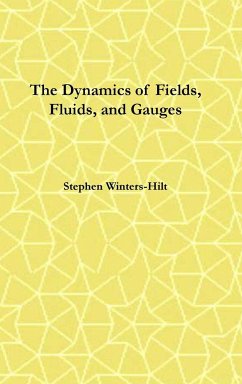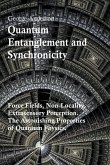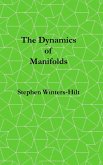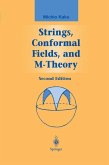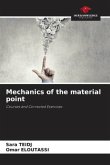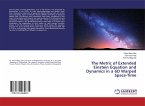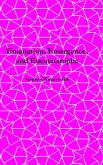This is a modern exposition of classical field theory, including the centrality of Lorentz Invariance and Gauge Invariance in the formalism. The exposition consists, throughout, of the presentation of interesting problems with many solved, the others left for the reader. In this book the focus is on classical fields, beginning with simple notions of field and fluid in 2D and 3D (Ch. 2), then a brief examination of Fluid Dynamics up to Shock formation (Ch. 3). Chapters 4-7 cover electromagnetic (EM) fields. In the process of examining the properties of EM fields we will find that they are Lorentz invariant (Ch. 8) and Gauge invariant (Ch. 10). A generalization of the applicability of Lorentz Invariance to all 4-vectors gives rise to Special Relativity (Ch. 8) which then generalizes (non-locally) to give General Relativity (Ch. 9). The final chapter, Ch. 11, is on Lie Groups and Gauge Covariant derivatives, where we examine the mathematical underpinnings of the Lorentz transform more closely. Particular attention is given to the two forms of Lorentz Invariant object: the 4-vector and the Lorentzian spinor. The invariance of 4-vectors under Lorentz Transform is SO(3), while that of the spinor is SU(2). We show the U(1) gauge theory of EM and then examine the Yang Mills family of Gauge theories, SU(2) and SU(3) in particular, since this is the basis of the gauge theory indicated by the Standard model. The most complicated aspect of all the groups examined, however, is the relation SU(2)¿SO(3), thus special attention is given to mathematical exploration of this mapping. Since the focus is on classical field theory in a fixed geometry, the main physical example is EM. In this setting alpha appears as the coupling constant. After the extensive description of classical field theory in fixed geometry, the foundation will be established for the two major branches of physics that follow in Books 3 and 4 of the Series, on General Relativity and Quantum Mechanics.
Bitte wählen Sie Ihr Anliegen aus.
Rechnungen
Retourenschein anfordern
Bestellstatus
Storno

